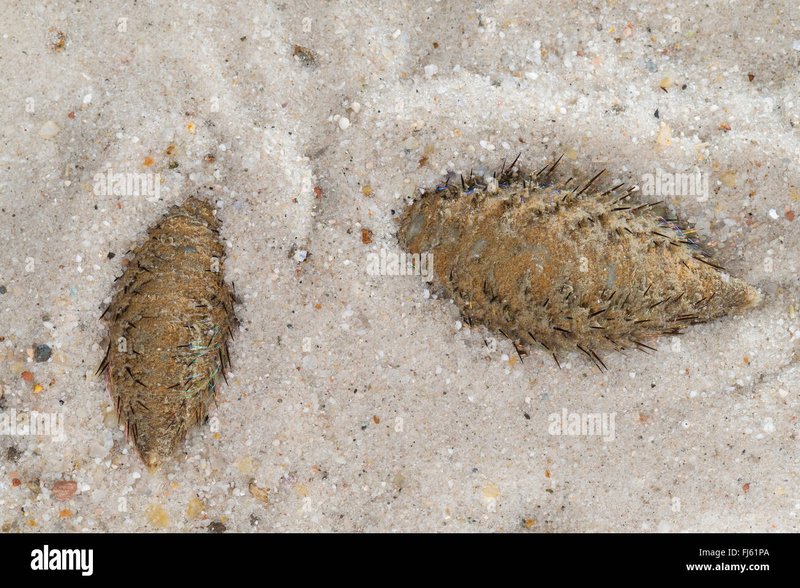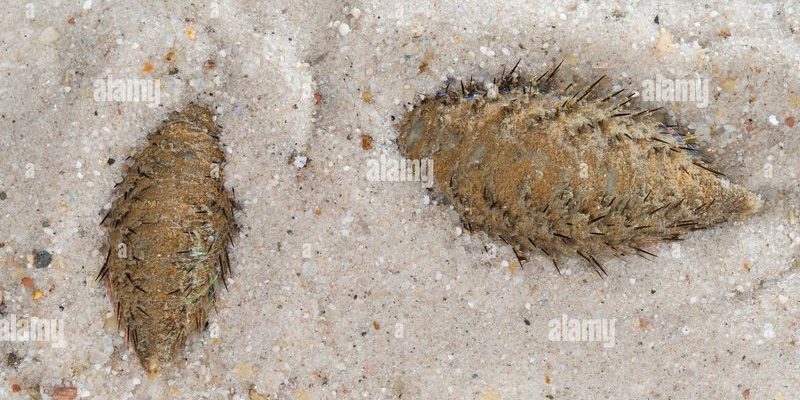
Imagine you’re at a party, and you notice your friend’s mood changing. If they become quiet and withdrawn, you might suspect something is off. That’s kind of how scientists view these worms. When they show signs of stress or decline, it can point to larger problems in the ecosystem, like pollution or habitat destruction. Let’s dig deeper into how Aphrodite aculeata does this and why it matters.
What is Aphrodite Aculeata?
Aphrodite aculeata, commonly known as the sand-burrowing worm, is a striking marine annelid found in shallow coastal waters. With its long, segmented body and vibrant colors, it’s not just a pretty sight; it plays a significant role in its environment. These worms burrow into sandy substrates and are integral to maintaining the health of marine ecosystems.
These worms are like the busy workers of the ocean floor. They help aerate the sand and recycle nutrients, creating a vibrant habitat for other marine life. If you think of the ocean as a bustling city, Aphrodite aculeata are the construction workers, ensuring everything runs smoothly. Their presence indicates a well-balanced ecosystem, while their absence might shout that something is wrong.
Why Use Aphrodite Aculeata for Environmental Monitoring?
Here’s the thing: measuring the health of an ecosystem can be tricky. Traditional methods often require complex equipment and extensive funding. However, using biological indicators like Aphrodite aculeata offers a simpler and more cost-effective solution. They respond to environmental changes in a way that can be easily observed and measured.
For example, researchers can observe populations of these worms to gauge the quality of their habitat. If their numbers decline significantly, it could indicate increased pollution levels, such as contaminants in the water or habitat degradation. This approach can save time and resources while still providing valuable insights into environmental health.
How Do Aphrodite Aculeata Indicate Environmental Changes?
You might be wondering how exactly Aphrodite aculeata reflects changes in the environment. These worms are sensitive to various factors, such as temperature, salinity, and pollution levels. Their physiological responses can reveal a lot about the surrounding water quality.
For instance, if water temperatures rise due to climate change, it can affect how these worms reproduce. A stressed population may yield fewer young worms, which could lead to a decline in their numbers. This kind of data can signal to scientists that it’s time to investigate further. Plus, since these worms live at the ocean’s bottom, they act as a direct link to what’s happening in their environment.
The Benefits of Using Biological Indicators
Using Aphrodite aculeata for environmental monitoring has lots of perks. First, it’s a relatively low-cost method compared to high-tech equipment. All you need is the right training and some keen observation skills. Second, these worms are widespread, meaning scientists can study them in various locations, giving a broader understanding of regional health.
Additionally, monitoring these worms contributes to biodiversity studies. Since they are part of the marine food web, tracking their populations can also inform scientists about the health of other species that rely on them for food. In this way, understanding the status of Aphrodite aculeata can have ripple effects throughout the ecosystem.
Challenges in Using Aphrodite Aculeata as Bioindicators
While there are many benefits, using Aphrodite aculeata isn’t without its challenges. One major issue is the variability in environmental stressors. The same environmental changes may affect different populations of these worms in different ways, leading to inconsistent data. This inconsistency can create difficulties when drawing conclusions.
Moreover, relying solely on one species can limit understanding. It’s essential to use Aphrodite aculeata as part of a broader monitoring strategy that includes various species and environmental metrics. This multi-faceted approach can provide a more comprehensive picture of marine health.
Case Studies and Real-World Applications
There are several case studies highlighting the successful use of Aphrodite aculeata in environmental monitoring. For example, researchers in coastal regions have successfully tracked changes in worm populations relative to areas impacted by oil spills. Following the spills, scientists noted a dramatic decline in these worms, correlating that with water quality testing that found high levels of contaminants.
In another instance, studies have shown that areas with healthy populations of Aphrodite aculeata had more robust marine life overall. These findings underscore the importance of using biological indicators in both academic research and practical conservation efforts.
As we face increasing environmental challenges, the need for effective monitoring methods has never been more critical. Aphrodite aculeata offers a unique, natural way to assess our oceans’ health. By tapping into these worms as bioindicators, we can gain insights that traditional methods might overlook.
Incorporating biological indicators like Aphrodite aculeata into environmental monitoring not only simplifies the process but also deepens our understanding of marine ecosystems. As we look ahead, these tiny creatures might play a big role in helping us understand and protect our precious oceans. So, the next time you think about environmental health, remember that it often comes down to the smallest of players making the biggest impact.

